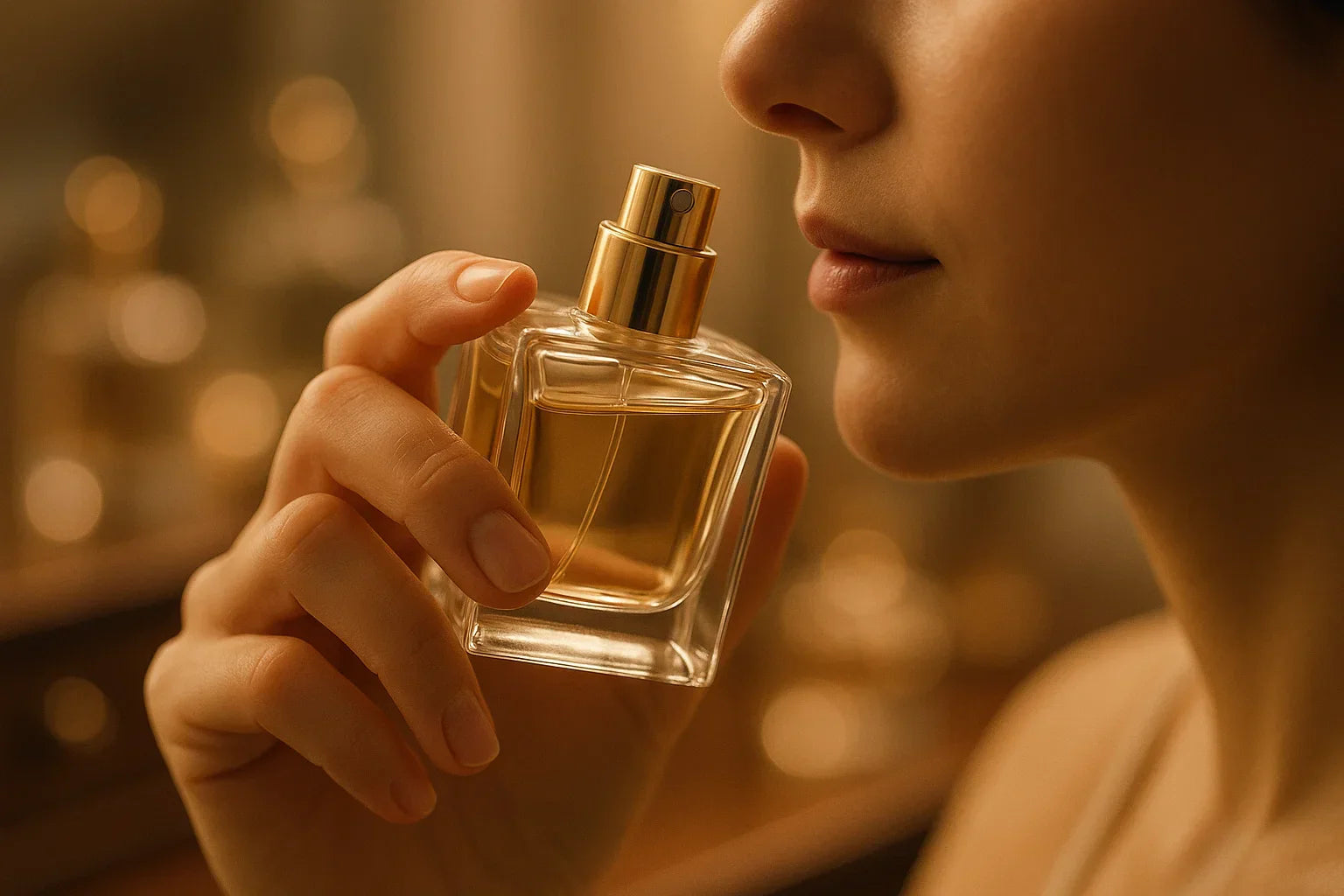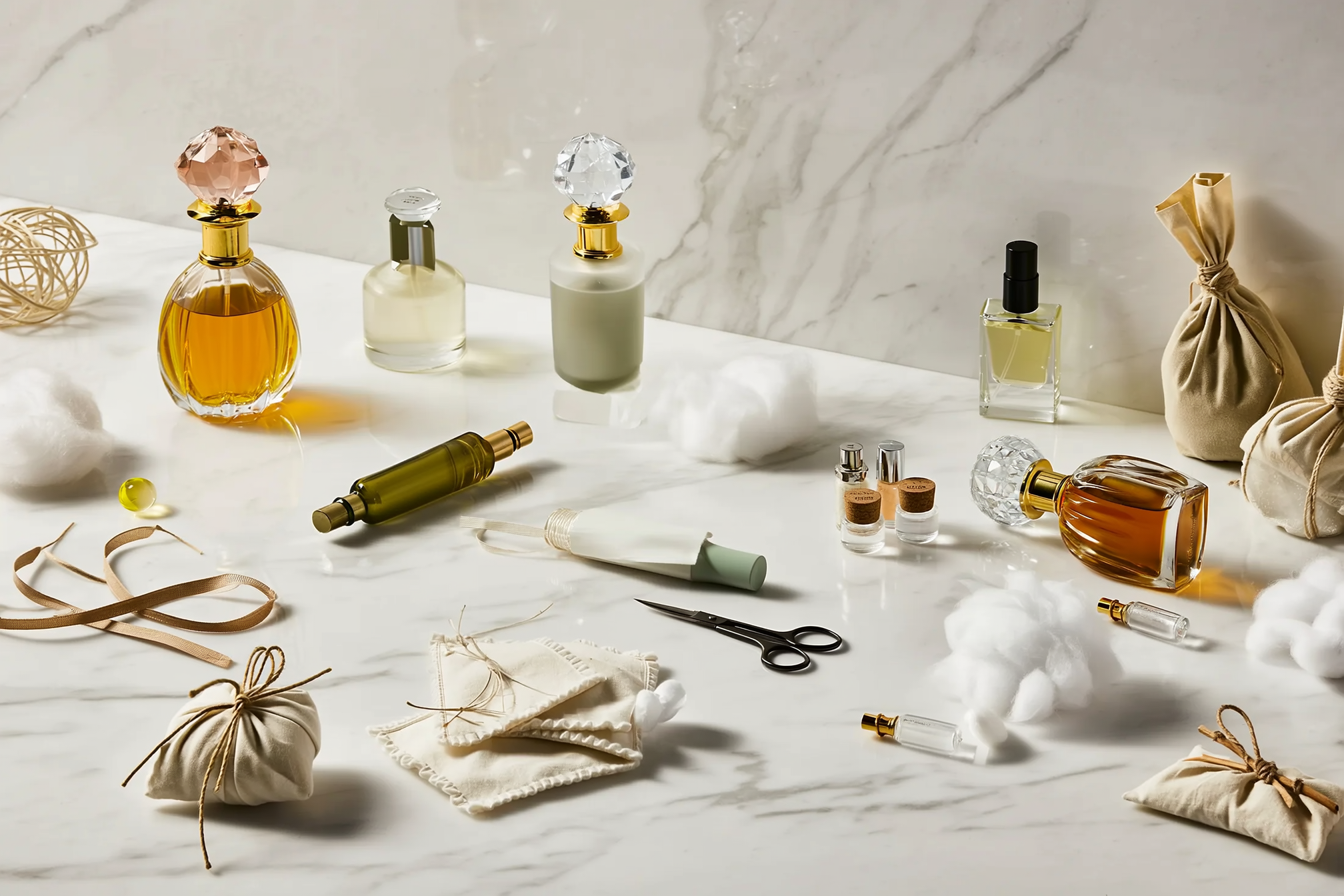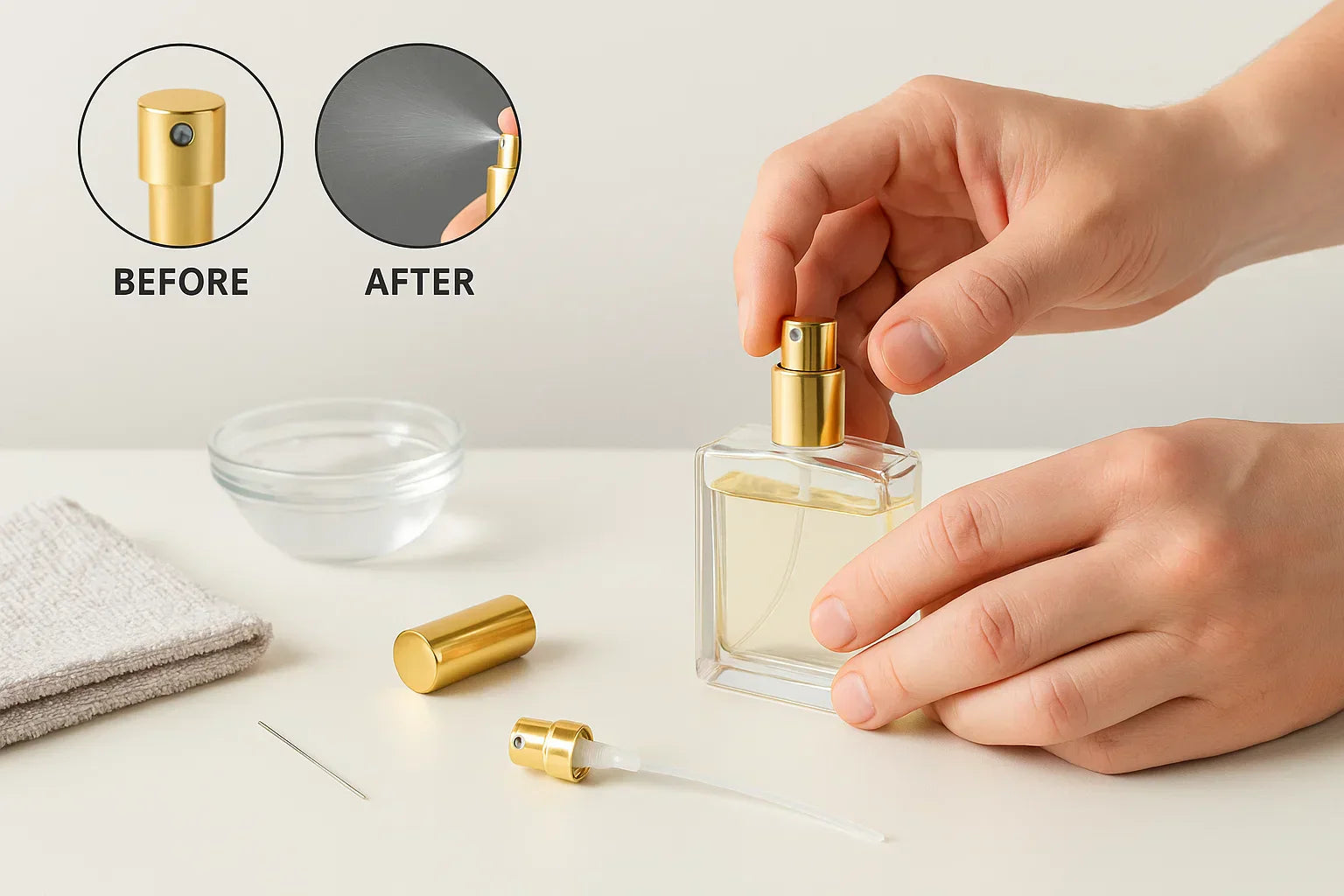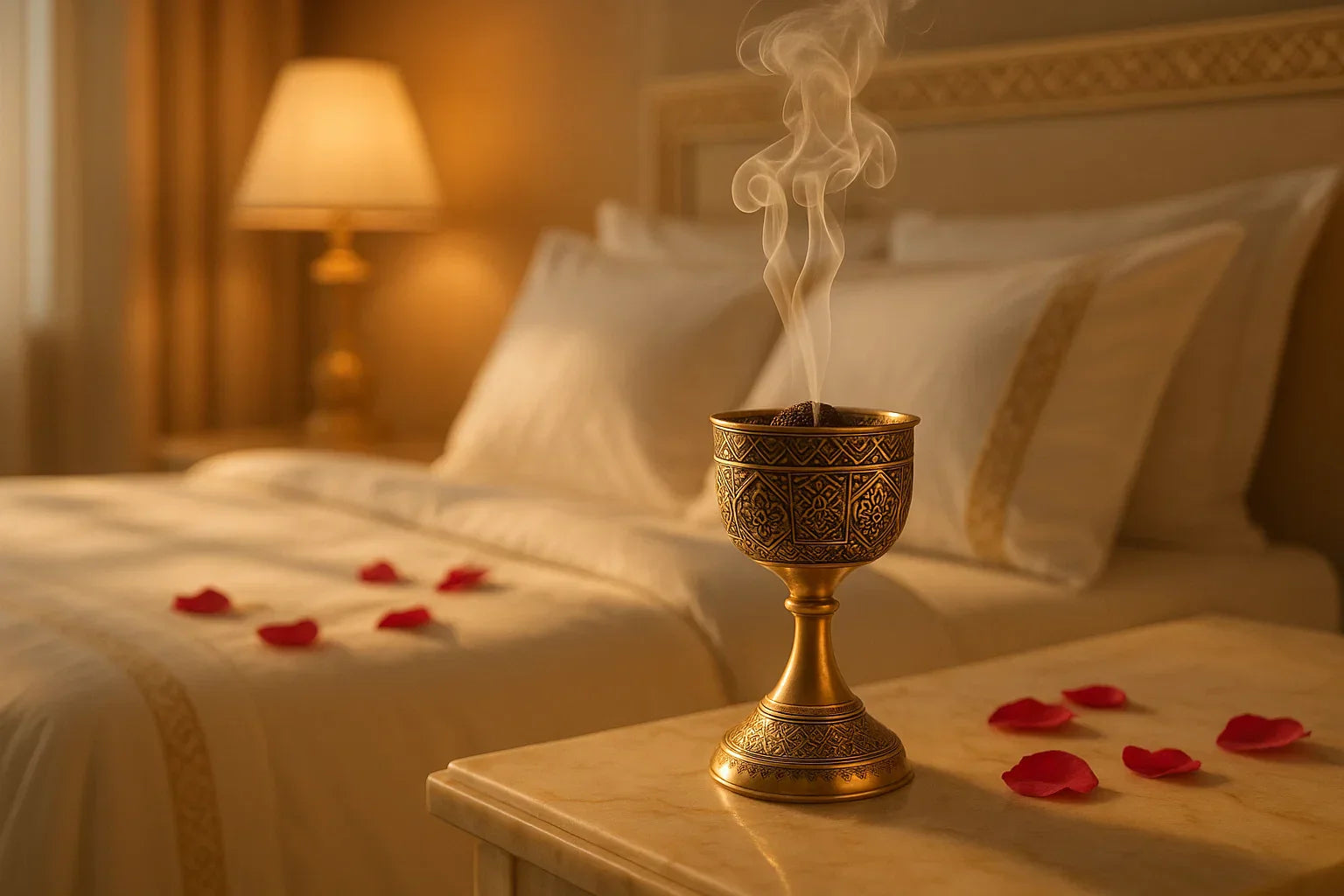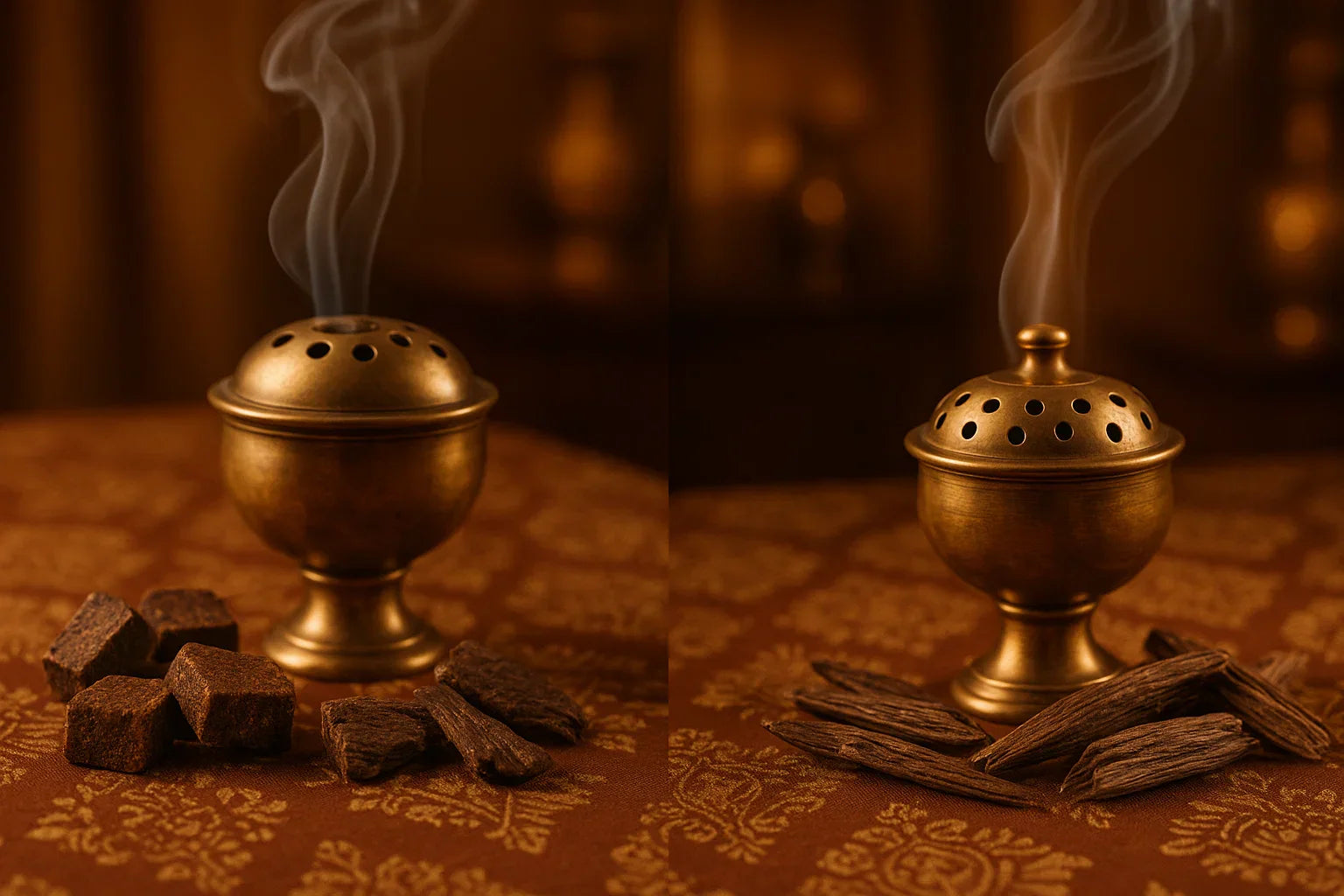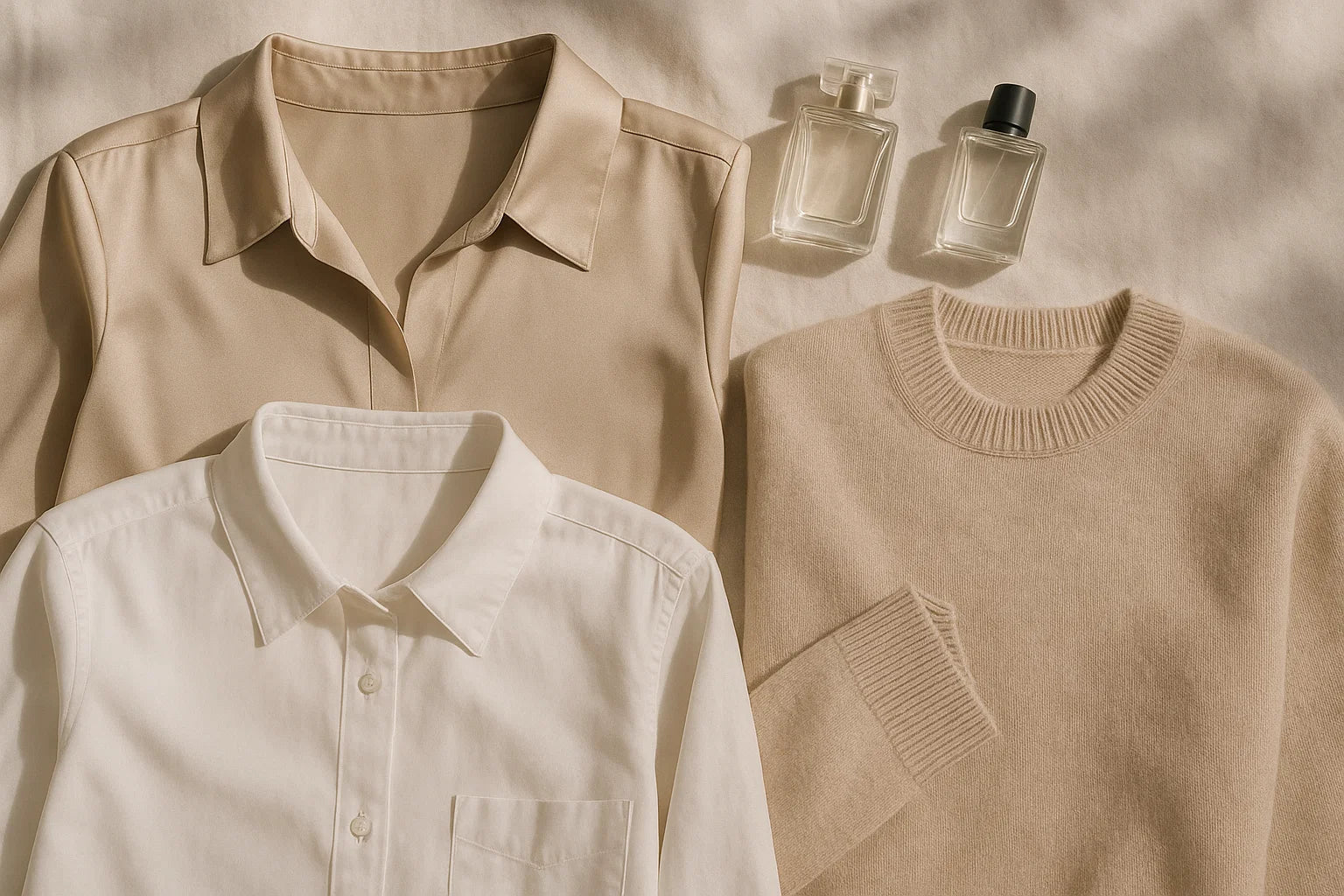
How to Remove Perfume Smell from Clothes: 8 Proven Methods That Actually Work
Have you ever sprayed too much of your favorite luxury perfume and found yourself stuck with clothes that smell overwhelmingly strong? Or perhaps you're dealing with lingering fragrance from yesterday's application that just won't fade? The frustration of overpowering perfume smell on clothes is more common than you think. Whether it's an accidental over-spray or a fragrance that's simply too potent for enclosed spaces, knowing how to remove perfume smell from clothes effectively can save your favorite garments and your social situations.
The consequences of not addressing this issue properly can be significant – from workplace embarrassment to damaged fabrics, and in some cases, triggering allergic reactions in sensitive individuals. This comprehensive guide will walk you through 8 proven methods to eliminate stubborn perfume odors from various fabric types, ensuring your clothes smell fresh and neutral once again.

Why Perfume Smell Lingers on Clothes
Understanding why fragrances cling to fabrics is crucial for effective removal. Perfume molecules are designed to last, containing base notes that can adhere to fibers for extended periods. The concentration of your fragrance plays a significant role – Eau de Parfum typically contains 15-20% aromatic compounds, making it more likely to create lasting impressions on clothing.
Factors That Intensify Odor Retention:
- Fabric composition: Natural fibers like wool and silk absorb scents more readily
- Weave density: Tighter weaves trap fragrance molecules
- Humidity levels: Moisture enhances scent absorption
- Application method: Direct spraying versus air-misting
- Fragrance concentration: Higher concentrations create stronger adherence
Quick Assessment: Fabric Type Matters
Before attempting any removal method, identify your garment's fabric composition. This crucial step determines which techniques are safe and effective for your specific clothing item.
Delicate Fabrics (Silk, Cashmere, Lace):
- Require gentle, non-abrasive methods
- Avoid harsh chemicals or excessive moisture
- Consider professional cleaning for valuable items
Sturdy Fabrics (Cotton, Denim, Polyester):
- Can withstand stronger treatments
- Suitable for multiple washing cycles
- Respond well to home remedies
Synthetic Blends:
- Moderate absorption properties
- Generally easy to treat
- Check care labels for specific instructions
Method 1: Air Drying and Ventilation
The simplest and often most effective first step is allowing natural air circulation to work its magic. This method works particularly well for light fragrance applications and synthetic fabrics.
Step-by-Step Process:
- Hang garments immediately in a well-ventilated area
- Position near open windows or use fans to increase airflow
- Allow 24-48 hours for natural dissipation
- Rotate garments every few hours for even exposure
- Check progress regularly to determine if additional methods are needed
Pro Tip: Place activated charcoal bags nearby to absorb excess fragrance molecules from the air.

Method 2: White Vinegar Solution
White vinegar's acidic properties make it excellent for neutralizing alkaline perfume compounds. This method is particularly effective for cotton and polyester garments.
Materials Needed:
- 1 cup white vinegar
- 2 cups cool water
- Spray bottle
- Clean cloth
Application Process:
- Mix solution in spray bottle (1:2 ratio)
- Test on inconspicuous area first
- Lightly mist affected areas – avoid soaking
- Allow to air dry completely
- Rinse with cool water if vinegar scent remains
- Wash normally if care label permits
Important: Never use vinegar on silk, leather, or acetate fabrics as it can cause damage.
Method 3: Baking Soda Treatment
Baking soda's absorbent properties make it a powerful odor eliminator. This method works exceptionally well for thick fabrics and stubborn scents.
For Washable Items:
- Create a paste with baking soda and water
- Gently rub into affected areas
- Let sit for 30 minutes
- Rinse thoroughly with cool water
- Wash as usual
For Dry-Clean Only Items:
- Sprinkle baking soda liberally over the garment
- Place in sealed bag overnight
- Shake out excess baking soda
- Brush gently to remove residue
Method 4: Vodka Spray Technique
High-proof alcohol effectively breaks down perfume compounds without leaving its own scent behind. This method is particularly useful for delicate fabrics that can't be machine washed.
Instructions:
- Use unflavored vodka (40% alcohol minimum)
- Pour into spray bottle
- Mist lightly over affected areas
- Hang to air dry in ventilated space
- Repeat if necessary
Safety Note: Test on hidden area first and ensure adequate ventilation during application.
Method 5: Steam Treatment
Steam helps release trapped fragrance molecules from fabric fibers. This gentle method works well for most fabric types and can be combined with other techniques.
Home Steaming Options:
- Bathroom steam: Hang garments during hot showers
- Garment steamer: Direct steam application
- Iron steam function: Use with pressing cloth
- Kettle steam: Careful application with boiling water vapor
Warning: Maintain safe distance to prevent burns and fabric damage.
Method 6: Enzyme Detergent Wash
Enzyme-based detergents specifically target organic compounds found in perfumes, making them highly effective for washable garments.
Selection Criteria:
- Look for protease and lipase enzymes
- Choose fragrance-free formulations
- Opt for cold-water effective formulas
Washing Process:
- Pre-treat stained areas with enzyme detergent
- Allow 15-20 minutes for enzyme activation
- Wash in coolest water recommended for fabric
- Air dry to assess results
- Repeat if necessary before machine drying
Method 7: Lemon Juice Application
Natural citric acid in lemon juice helps neutralize perfume molecules while leaving a fresh, clean scent that quickly dissipates.
Application Method:
- Mix fresh lemon juice with equal parts water
- Dab onto affected areas with clean cloth
- Allow to sit for 10-15 minutes
- Rinse with cool water
- Air dry completely
Caution: Lemon juice can lighten some fabrics – always test first.
Method 8: Professional Dry Cleaning
When home methods fail or you're dealing with expensive garments, professional dry cleaning offers specialized solutions and expertise.
When to Choose Professional Service:
- Delicate or expensive fabrics
- Multiple failed home attempts
- Combination stains and odors
- Designer or vintage pieces
- Time-sensitive situations
Cost Consideration: While more expensive, professional cleaning often provides guaranteed results and protects valuable garments.
Prevention Tips for Future Use
Preventing perfume over-application is easier than removal. Here are expert strategies to avoid future clothing odor issues:
Application Best Practices:
- Spray perfume before dressing to allow alcohol to evaporate
- Use the "two-foot rule" – spray from arm's length
- Apply to pulse points rather than clothing directly
- Choose appropriate concentration for the occasion
- Allow fragrance to dry completely before putting on clothes
Storage Solutions:
- Separate scented items from other clothing
- Use breathable garment bags for delicate items
- Maintain proper ventilation in closets
- Rotate seasonal items to prevent scent accumulation
Pro Tip: Consider exploring water-based perfumes which typically have less fabric-clinging properties than traditional alcohol-based formulations.
When to Seek Professional Help
Sometimes, despite best efforts, professional intervention becomes necessary. Recognize these situations early to prevent permanent damage:
Red Flag Scenarios:
- Multiple home attempts have failed
- Fabric shows signs of damage or discoloration
- Allergic reactions develop from residual fragrance
- High-value garments require specialized care
- Chemical sensitivity requires complete odor elimination
Professional Services Available:
- Specialized dry cleaning with odor removal
- Ozone treatment for stubborn scents
- Fabric restoration services
- Expert consultation for valuable items
Understanding Different Perfume Types and Their Removal
Different fragrance formulations require tailored approaches. Understanding your perfume type helps select the most effective removal method:
Oil-Based Perfumes:
- Often contain attars or concentrated oils
- Require grease-cutting agents
- May need enzyme treatments
- Learn more about perfume oils and their unique properties
Alcohol-Based Fragrances:
- Evaporate more readily
- Respond well to air drying
- May require multiple treatments for concentration
Water-Based Formulations:
- Easier to remove generally
- Less likely to stain fabrics
- Respond well to standard washing
Fabric-Specific Considerations
Each fabric type demands unique care approaches when dealing with perfume removal:
Natural Fiber Care:
- Cotton: Most tolerant of various treatments
- Wool: Requires gentle, cool-water methods
- Silk: Extremely delicate – avoid acids and enzymes
- Linen: Similar to cotton but may shrink with heat
Synthetic Fabric Advantages:
- Generally more resistant to damage
- Often release odors more easily
- Can withstand stronger treatments
- Less likely to absorb scents permanently
The Science Behind Scent Elimination
Understanding the molecular science helps optimize removal efforts. Perfume molecules vary in size and structure, affecting how they interact with fabric fibers.
Molecular Factors:
- Top notes: Evaporate quickly, easier to remove
- Middle notes: Moderate persistence
- Base notes: Most challenging to eliminate
- Fixatives: Designed to prolong scent retention
This knowledge explains why some fragrances seem impossible to remove completely – they're literally designed to last.
Emergency Quick Fixes
When time is critical, these rapid solutions can provide temporary relief:
Immediate Actions:
- Fresh air exposure – step outside if possible
- Hair dryer on cool setting to accelerate evaporation
- Baby wipes for surface scent removal
- Dryer sheets rubbed gently over fabric
- Coffee grounds in pockets to absorb surrounding odors
These aren't permanent solutions but can help in social emergencies.
Long-Term Wardrobe Management
Maintaining a fragrance-conscious wardrobe prevents recurring issues:
Organization Strategies:
- Designate specific items for perfume wearing
- Create scent-free zones in your closet
- Regular cleaning schedules for frequently worn items
- Seasonal rotation to prevent scent buildup
Investment Considerations:
Choose quality fragrances that offer better control and longer-lasting satisfaction. Explore Wani's carefully curated collection of premium perfumes designed for discerning users who value both quality and consideration for others.
Conclusion
Removing perfume smell from clothes doesn't have to be a frustrating experience when you understand the right techniques for your specific situation. From simple air-drying to professional cleaning services, these eight proven methods provide solutions for every fabric type and odor intensity level.
Remember that prevention remains the best strategy – thoughtful application techniques and quality fragrance choices can eliminate most future issues. When you do need to remove unwanted scent, start with the gentlest method appropriate for your fabric and escalate only if necessary.
The key to success lies in quick action, proper technique selection, and patience. Most perfume odors will eventually dissipate naturally, but these methods can significantly accelerate the process while protecting your valuable garments.
Whether you're dealing with an accidental over-spray or simply want to refresh a favorite piece, these expert-approved techniques will help you maintain a wardrobe that always smells exactly as you intend.
